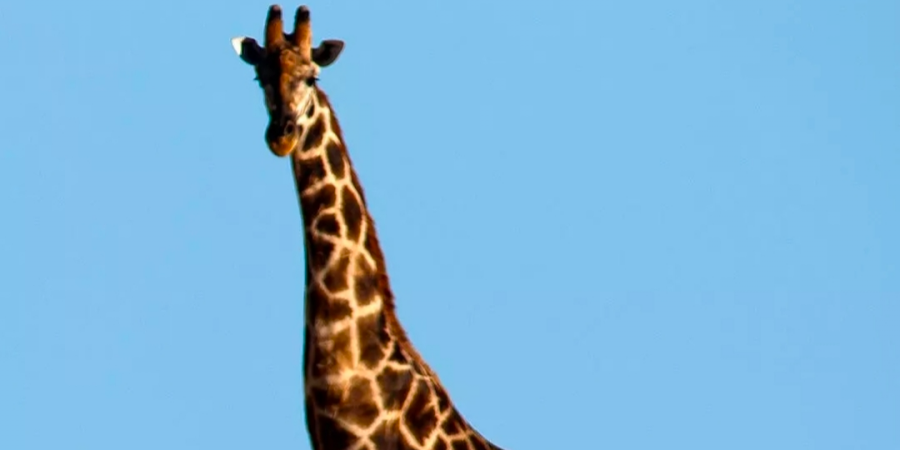

Have you ever looked at a giraffe and wondered, “Why is its neck so long?” Giraffes are like the skyscrapers of the animal kingdom, towering over the savannah with their incredibly long necks. But there’s more to these necks than just height—they’re a result of millions of years of evolution, with some pretty cool reasons behind them.
One of the main reasons giraffes have long necks is to reach food that other animals can’t. Picture a giraffe munching away at the top of a tall tree, happily eating leaves that are way out of reach for most other herbivores. Long ago, giraffes’ ancestors probably had shorter necks, but as food became scarcer on the ground, those with slightly longer necks could reach higher, giving them a big advantage. Over many generations, giraffes with longer necks survived better, leading to the long-necked giraffes we see today.
It’s like being at a buffet where only you can reach the top shelf—no competition and plenty of delicious food just for you!
Now, giraffes don’t just use their long necks for eating. The males also use them for something called “necking,” which isn’t as gentle as it sounds. When two males want to prove who’s stronger (and win the attention of a female), they engage in a neck battle. They swing their necks at each other, using their heads like hammers. The longer and stronger the neck, the harder they can hit. So, having a long neck helps them win these battles and find a mate.
Think of it like a friendly arm-wrestling match—except with necks!
There’s more to the giraffe’s neck than just food and fighting. Being tall also gives giraffes a great view of their surroundings. They can spot predators like lions from far away, which gives them plenty of time to make a quick getaway. Plus, their long necks help with thermoregulation, which is a fancy way of saying it helps them stay cool in the hot African sun.
In the end, the giraffe’s long neck is a perfect example of how amazing nature can be. It’s a combination of survival, competition, and a little bit of showing off. Next time you see a giraffe at the zoo or on a safari, remember that its long neck isn’t just for show—it’s a brilliant piece of evolutionary design that’s helped giraffes thrive in their environment for millions of years.
So, the next time you reach for something on the top shelf, think of our tall friends, the giraffes, and how they’ve mastered the art of reaching for the stars—well, leaves!
